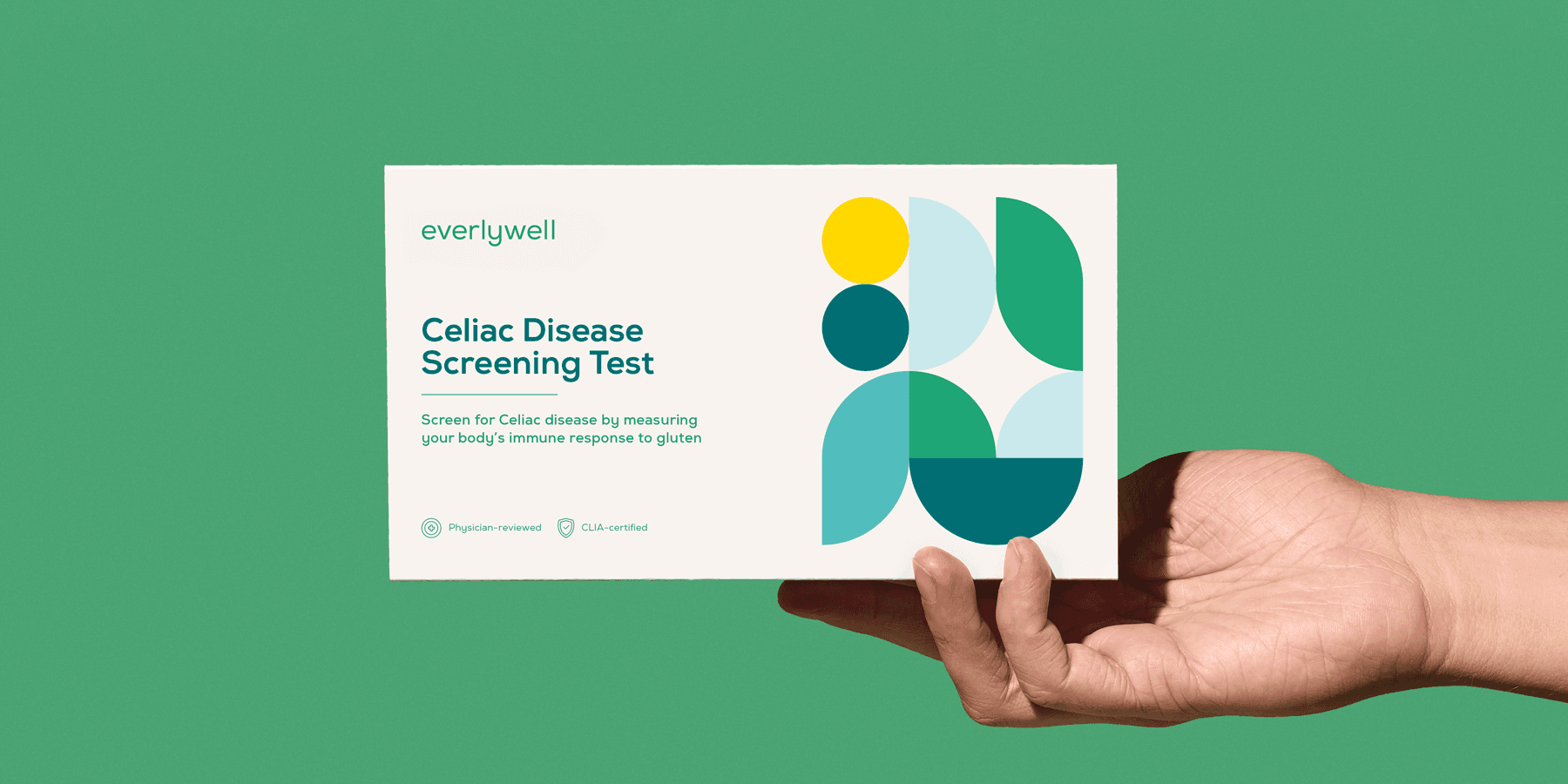
How to prepare for celiac blood test
Medically reviewed on August 1, 2022 by Amy Harris, MS, RN, CNM. To give you technically accurate, evidence-based information, content published on the Everlywell blog is reviewed by credentialed professionals with expertise in medical and bioscience fields.
Table of contents
- How does a celiac blood test work?
- What to do before your test
- What happens after the test?
- Bring healthcare home with Everlywell
It’s estimated that approximately 1% of the population of the United States lives with celiac disease—although some research suggests that the number could be higher than that.
If you think you have celiac disease, it’s important to get tested to find out for sure. When left untreated, celiac disease can cause a range of health issues, including anemia, osteoporosis, malnutrition, stunted growth in children, and nervous system problems such as migraines.
Wondering how to prepare for a celiac blood test? Here’s everything you need to know about the procedure.
How does a celiac blood test work?
The first step to getting tested for celiac disease is having a conversation with your healthcare provider. Discuss your concerns and your symptoms. They’ll consider a variety of factors in determining whether or not a celiac disease test is worthwhile, including:
- Your medical history – If you have any related autoimmune disease, you’re also at higher risk. [1] This is something your healthcare provider will consider before administering a celiac blood test.
- Family medical history – Is celiac disease genetic? Yes, it is, so if you have a history of gluten allergies like wheat allergy or non celiac gluten allergy in your family, you’re at a greater risk of developing the condition yourself. [1]
- Your symptoms – Anyone who thinks they’re experiencing symptoms associated with celiac disease should get tested. This goes for adults as well as children over the age of three years. [2]
Once you’ve discussed your symptoms and medical history with your healthcare provider, they may decide to order a celiac blood test. How is celiac disease diagnosed? In fact, there are two different testing procedures for helping to diagnose celiac disease.
- Serology test – This test scans your blood for certain antibody. Antibodies are blood proteins that your body releases when it detects the presence of antigens in your system. This checks for increased levels of antibodies that are a response to gluten intolerance, like tissue transglutaminase immunoglobulin (tTG-IgA) and deamidated gliadin peptide immunoglobulin G (DGP-IgG). [1]
- Genetic testing – Your doctor may decide to test to see if you have a genetic predisposition to celiac disease, usually indicated by antigen genes known as human leukocyte antigens. [1]
What to do before your test
Unlike some medical testing procedures that require patients to fast or avoid certain foods, in this case gluten foods and beverages for a certain period of time leading up to the celiac disease test, how to prepare for a celiac blood test is comparatively easy.
In fact, when it comes to preparing for your celiac blood test, there’s just one important thing to keep in mind: keep consuming gluten. [3]
It’s understandable if that seems counterintuitive. If you think you have a gluten allergy, why would you continue to put it in your body?
The reason is actually pretty simple. As mentioned above, celiac disease is essentially an inflammatory immune response that’s triggered when gluten is introduced into your system. It’s indicated by the presence of special antibodies that are meant to fight off the threat posed by gluten. But if your body doesn’t detect gluten in your system, it doesn’t know to start producing those antibodies.
When you’re experiencing food sensitivities, it’s tempting to remove the offending foods from your diet. But if you cut out celiac before a simple blood test, the test won’t be effective in measuring your body’s anti-gluten antigen levels.
What happens after the test?
How to prepare for celiac blood test is pretty simple, but the celiac disease testing process itself is a little more complicated.
After your initial serology or genetic test, your healthcare provider will review your test results. If they indicate that you may have celiac disease, your healthcare provider will likely order more medical tests to verify the findings. Additionally, celiac disease testing often includes:
- Upper endoscopy – For this procedure, a tiny camera attached to a long tube is inserted into your mouth, fed down your throat, and into your small intestine. There, it checks for signs of intestinal damage and collects tissue samples for further testing. [1]
- Capsule endoscopy – An alternative to a traditional endoscopy, this method features a capsule pill that contains a tiny camera inside of it. When you swallow the pill, the camera travels through your intestinal tract, accumulating photographs that your healthcare provider can use to determine your condition. [1]
Bring healthcare home with Everlywell
Having an undiagnosed sensitivity to food can be frightening. That’s why getting tested is so important—it’s the only way to definitively identify which foods are making you ill.
Fortunately, there’s a simple way to test yourself for celiac disease: the Everlywell at-home Celiac Disease Screening Test. This easy-to-use, at-home test checks for antigens that could signal celiac disease, like your total IgA, tTg-IgA, and G (DGP-IgG) antigens.
It’s never been easier to see the big picture of your overall health. Test yourself at home with Everlywell.
Related content
How to test for celiac disease
How is celiac disease diagnosed?
References